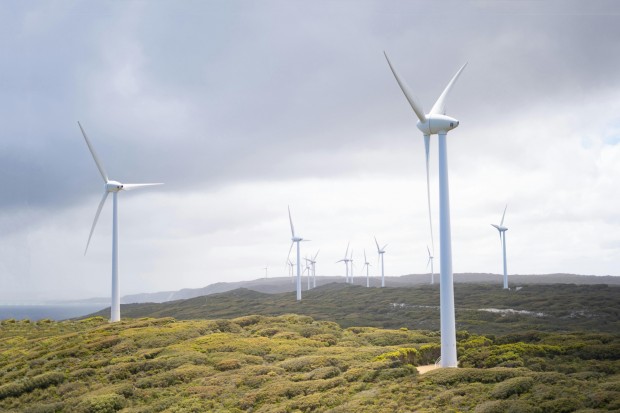Renewable energy production from wind farms has long been admired for its environmental friendliness. Thus, recent research on the Harapaki onshore wind farm in New Zealand highlights the potential of wind farms to offset their carbon emissions in less than two years.

(Photo : Pexels/Harry Cunningham @harry.digital )
Quick Carbon Neutrality on Wind Farms
By producing renewable energy without direct emissions, wind farms substantially mitigate the release of greenhouse gases compared to fossil fuels. It can also compensate for the carbon emissions produced during production, installation, and maintenance over their lifetime.
Based on the findings of a recent study published in the Journal of the Royal Society of New Zealand, experts from Te Herenga Waka Victoria University of Wellington they discovered that a wind turbine may generate all of the energy required throughout its lifetime in just six months. The production of individual turbine parts, the transportation of those parts, and the final decommissioning of the wind farm, which comprises 41 turbines, were all considered in this whole-encompassing strategy.
Researchers also proposed a method for recycling blades to lessen their overall carbon footprint. Compared to thermal power facilities, wind farms' carbon emissions generated throughout their 30-year lifespan can be neutralized in less than two years of spinning. Although the study's data comes from the Harapaki onshore wind farm in Hawke's Bay, New Zealand, the authors make it clear that their findings apply to most wind farms worldwide, if not all of them.
Moreover, the data indicate that this particular farm will have a carbon emission of 10.8 gCO2eq/kWh, which translates to a return on investment for greenhouse gases that ranges from 1.5 to 1.7 years and a recovery period for energy that ranges from 0.4 to 0.5 years for combined cycle gas turbines avoidance.
On the other hand, even though the study possesses several benefits, it also recognizes particular restrictions. Except for environmental aspects like ozone depletion and human toxicity, it focuses mainly on the amount of energy consumed and the amount of carbon emissions produced throughout the wind farm's lifecycle. Furthermore, it does not address the social, economic, or wildlife implications, all of which are as important in the context of sustainability as a whole.
Also Read: Exceptional Architectural Projects That Never Came to Life
Environmental Effect of Tribune Production
One of the most significant environmental burdens is caused by the turbine manufacturing process, which identifies a crucial area for implementing tailored mitigation techniques. Since turbine blades are currently thrown off in landfills because of financial constraints, the study team proposes developing a recycling technique for turbine blades as a response. Accordingly, they propose recycling options that are both mechanical and chemical, and they predict that this might result in a significant reduction in emissions.
In addition, the group suggests conducting studies in this field on a regular basis to keep up with the rapid changes occurring in the technological world. The findings will reportedly continue to be relevant and will successfully inform decision-making processes as a result.
Related Article: Coastal Virginia Offshore Wind: Construction of Largest US Offshore Wind Farm Finally Approved







